Catch Less, Conserve More: A New Angler’s Mindset
The gentle lap of water against the shore, the whisper of line cutting through the air, and the patient wait for that telltale tug—fishing has captivated humans for millennia. Yet today’s angler faces a responsibility unknown to generations past: conservation in an era of dwindling fish stocks and fragile aquatic ecosystems. This isn’t just about following regulations or obtaining the proper licenses; it’s about embracing a fundamental shift in how we approach our beloved pastime. The “catch less, conserve more” philosophy represents a transformative mindset that prioritizes the health of our waters and fish populations while still honoring the joy and tradition of fishing. By adopting this approach, modern anglers aren’t giving something up—they’re gaining a deeper, more meaningful connection to the waters they cherish.
The Evolution of Recreational Fishing
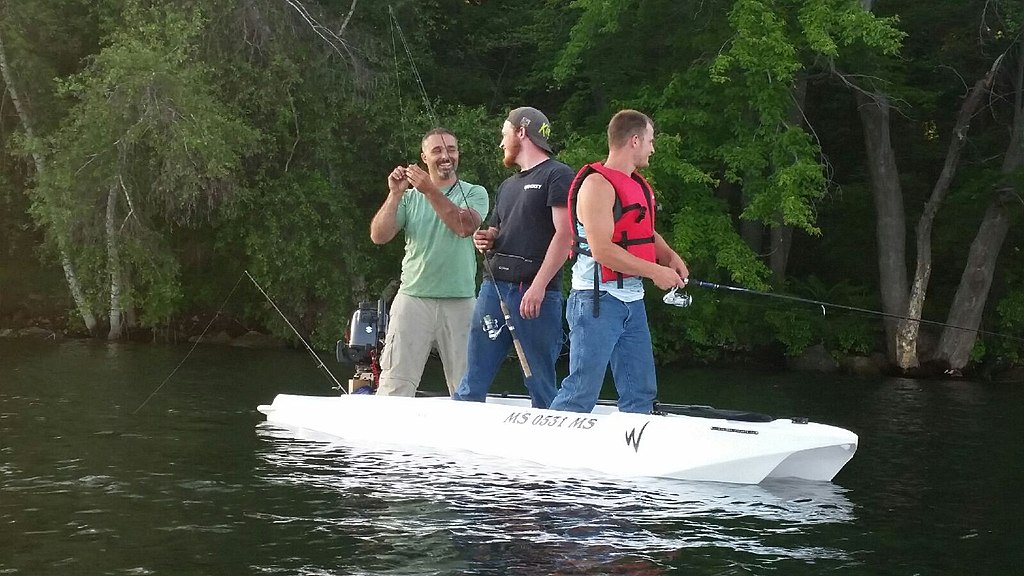
Fishing has transformed dramatically from its origins as a purely subsistence activity to today’s multi-billion-dollar recreational industry. Early anglers fished primarily for food, with little conservation concern—fish seemed an inexhaustible resource. The 20th century saw explosive growth in recreational fishing, fueled by new technologies, increased leisure time, and improved access to waterways. Modern fishing gear, boats, electronics, and techniques have made anglers more effective than ever before. This efficiency, combined with growing numbers of participants, has placed unprecedented pressure on fish populations worldwide. What was once considered an activity with minimal environmental impact now requires careful management and a conservation-minded approach to ensure its sustainability.
Understanding the Impact of Recreational Angling

While commercial fishing receives much of the attention in discussions about overfishing, the cumulative effect of recreational anglers should not be underestimated. Research suggests that in some fisheries, recreational harvest equals or exceeds commercial take, particularly for certain prized species like red drum, speckled trout, and some reef fish. Beyond direct harvest, catch-and-release fishing, while more conservation-minded, still results in mortality rates ranging from 2% to over 20%, depending on species, handling practices, and environmental conditions. Habitat disruption from boat traffic, shoreline development for angler access, and lost fishing tackle further compound these impacts. Understanding these effects is the first step toward adopting more responsible angling practices that minimize harm while maximizing enjoyment.
The Conservation Crisis in Our Waters

Our aquatic ecosystems face unprecedented threats that extend far beyond fishing pressure. Climate change is altering water temperatures and chemistry, disrupting spawning cycles and forcing species to adapt or perish. Pollution from agricultural runoff, industrial discharge, and urban development degrades water quality and destroys critical habitat. Invasive species outcompete natives for resources, while dams and other infrastructure block migration routes essential for reproduction. These stressors combine with fishing pressure to create perfect storms threatening numerous species with population collapse. Recent assessments indicate that approximately one-third of freshwater fish species worldwide face extinction risks, while many marine stocks remain below sustainable levels despite management efforts. This crisis demands that everyone who values these resources, especially anglers, should become part of the solution.
From Trophy Hunter to Conservation Champion

The traditional angling mindset often celebrates quantity and size—filling limits, targeting trophy specimens, and documenting success through fish counts and photographs. This “more is better” approach is deeply ingrained in fishing culture, reinforced through tournaments, social media, and angling media. The conservation mindset represents a profound shift toward valuing quality experiences over quantity of catch. Today’s conservation-minded angler might find greater satisfaction in mastering challenging techniques, exploring new waters, documenting catches through quick photographs before careful release, or even participating in citizen science efforts. Success becomes measured not by limits filled but by knowledge gained, skills developed, and contributions made to resource protection. This evolution represents fishing’s maturation into a truly sustainable outdoor pursuit.
The Science Behind Selective Harvest
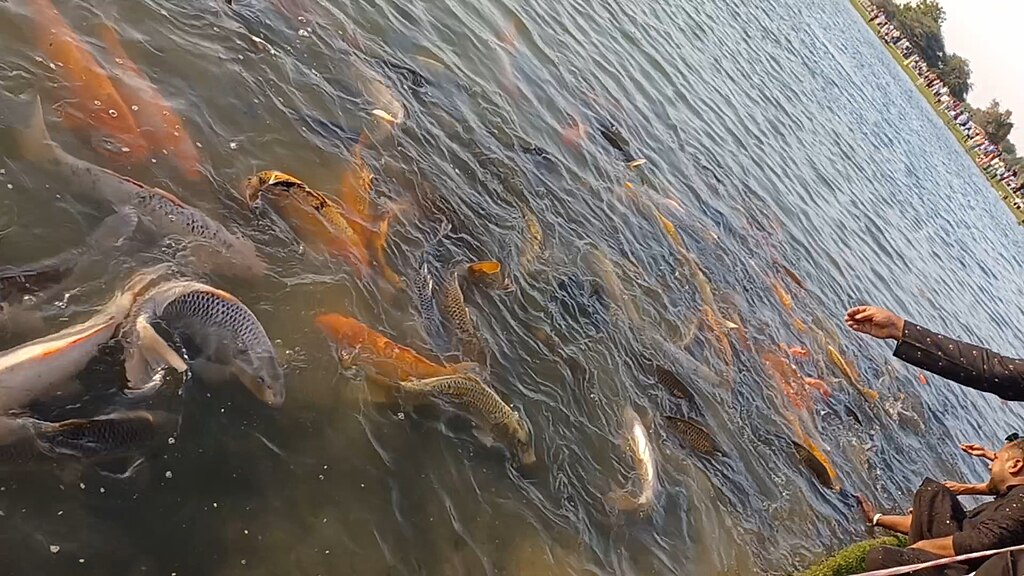
Modern fisheries science has revolutionized our understanding of which fish should be kept and which should be released for maximum population health. Contrary to intuition, many species benefit from the selective harvest of mid-sized individuals rather than the largest specimens. Large, mature fish—especially females—are often the most productive spawners, producing exponentially more eggs and offspring with higher survival rates than their smaller counterparts. For example, a single 40-inch striped bass may produce over three million eggs, compared to just a few hundred thousand from a 28-inch fish. Age structure within fish populations also matters tremendously, as diverse age classes provide resilience against poor spawning years and changing conditions. By making informed decisions about which fish to harvest, anglers can help maintain healthy, naturally reproducing populations while still enjoying the occasional fish dinner.
Catch and Release: Doing It Right
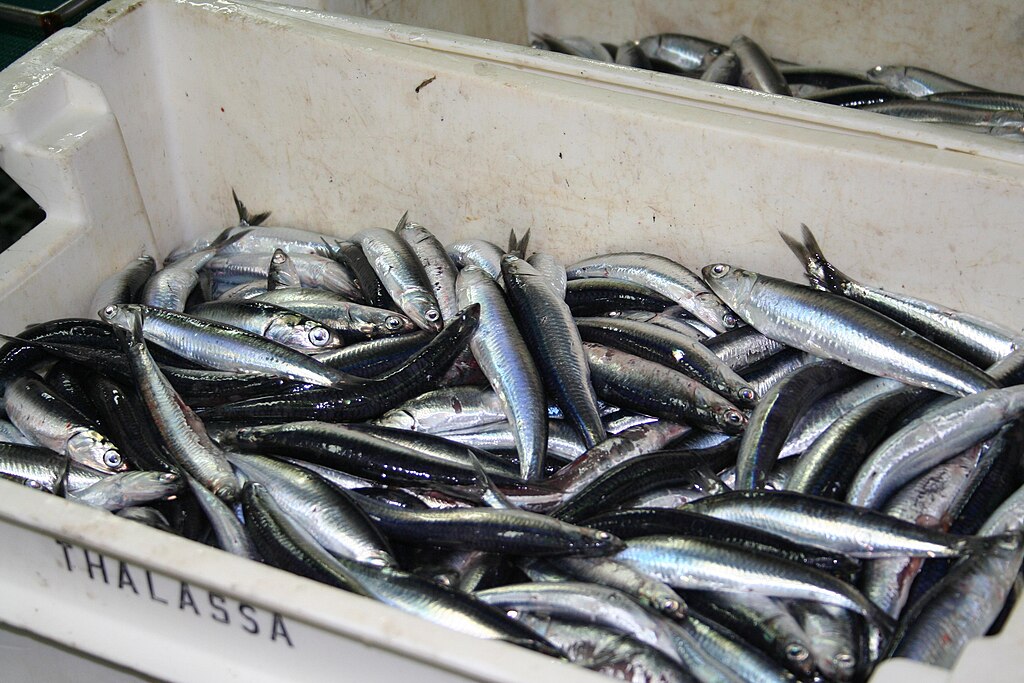
Catch and release fishing has become a cornerstone of recreational conservation, but its effectiveness depends entirely on proper technique. Research shows that fish survival rates improve dramatically when anglers minimize air exposure, avoid handling fish with dry hands, use appropriate tackle to prevent exhaustion, and employ proper tools like rubber-mesh nets and dehooking devices. Water temperature plays a crucial role as well, with mortality increasing significantly during warm water periods when fish are already stressed by lower oxygen levels. Species-specific considerations matter too—deep-water species often suffer barotrauma when brought to the surface rapidly, requiring specialized release techniques or tools. The most committed practitioners have evolved this approach into “catch, photo, and release,” emphasizing minimal handling and swift return to the water, sometimes even eliminating the photo to prioritize the fish’s welfare above all.
Gear Choices for Conservation

The equipment anglers select significantly impacts both their fishing success and their conservation footprint. Traditional lead sinkers and jigs contribute to wildlife poisoning when lost or discarded, affecting loons, swans, and other species that mistake them for food or grit. Anglers can easily switch to non-toxic alternatives made from tungsten, steel, or bismuth that perform equally well without the environmental hazard. Hook choices matter tremendously—barbless hooks or hooks with flattened barbs cause less damage and enable faster releases with minimal tissue damage. Biodegradable fishing line offers another improvement over traditional monofilament, which can persist in the environment for hundreds of years, entangling wildlife and damaging habitat. Even the boats anglers use present conservation choices, with electric motors and four-stroke engines offering dramatically reduced emissions compared to older two-stroke technology. These seemingly small gear decisions collectively represent a meaningful reduction in fishing’s environmental footprint.
Becoming a Waterway Steward
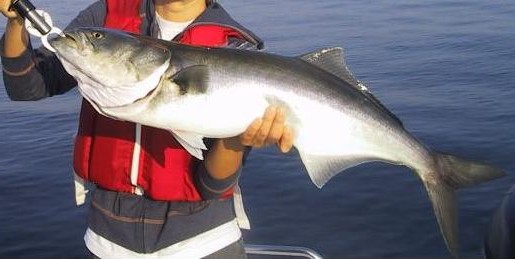
Conservation-minded angling extends beyond fish handling to encompass the entire aquatic ecosystem. Dedicated anglers increasingly participate in habitat restoration projects, replanting native vegetation along shorelines, creating artificial reef structures, or removing invasive species that threaten native fish populations. Organized cleanup events represent another powerful contribution, with angling clubs and conservation organizations frequently sponsoring efforts to remove trash and fishing line from popular fishing areas. Citizen science initiatives engage anglers as data collectors, reporting tagged fish recaptures, documenting water quality parameters, or monitoring invasive species spread. Many anglers take stewardship further by advocating for protective policies, attending regulatory meetings, or supporting conservation organizations financially. These activities transform fishing from a consumptive activity into a net positive for aquatic ecosystems.
Teaching the Next Generation
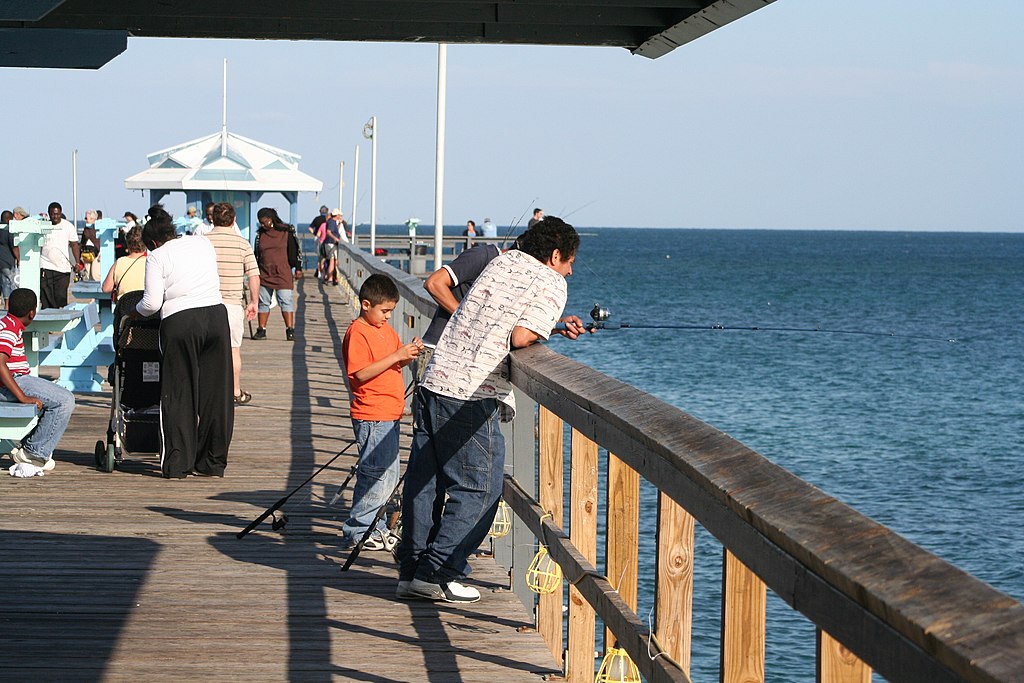
Perhaps no aspect of conservation-minded angling matters more than how we introduce newcomers to the sport. Traditionally, success in fishing has been measured by numbers and s, e—metrics that can lead beginners to develop harvest-focused attitudes from their earliest experiences. Conservation-minded mentors instead emphasize the entire experience: the beauty of natural settings, the challenge of fooling a fish, the privilege of brief encounters with wild creatures, and the responsibility of proper resource stewardship. They teach proper catch-and-release techniques from the beginning rather than as an afterthought. Youth fishing programs increasingly incorporate conservation education alongside fishing skills, helping young anglers understand the biology and ecology of their quarry. This holistic approach creates not just technically proficient anglers but lifelong advocates for healthy waters and fish populations.
The Economic Case for Conservation
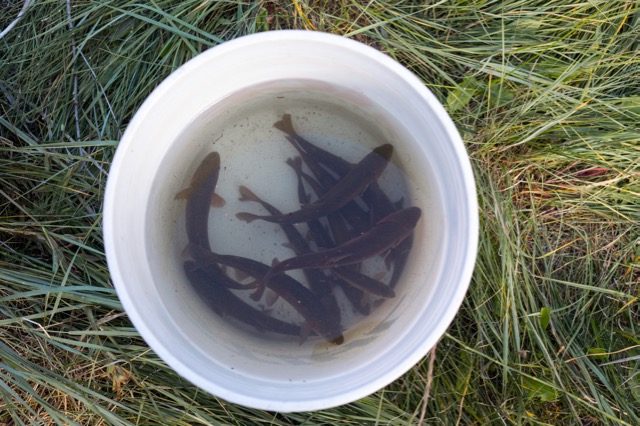
Beyond ethical considerations, strong economic arguments support the conservation-minded approach to angling. Sustainable fisheries create lasting economic benefits through license sales, tourism, boat and equipment purchases, and related expenditures that support jobs and tax revenue in fishing communities. Studies consistently show that a single fish caught and released multiple times generates far more economic activity than one harvested once. For example, research on bonefish in the Florida Keys indicates each fish has a “lifetime value” exceeding $75,000 in tourism revenue when caught and released repeatedly. Even freshwater fisheries demonstrate similar principles, with destination fisheries for species like steelhead or trophy bass generating millions in local economic impact annually. These economic realities explain why many commercial fishing guides have become among the most vocal advocates for conservation measures—their livelihoods depend directly on healthy, abundant fish populations.
Finding Balance: When Harvest Makes Sense

The conservation mindset doesn’t require eliminating heavily—in fact, selective harvest plays an important role in responsible resource management. Many fisheries benefit from the thoughtful harvest of certain species or size classes, particularly where populations are abundant or need thinning to maintain balance. Invasive species like Asian carp, lionfish, or northern snakehead require harvest pressure to mitigate their negative impacts on native ecosystems. Even among native species, some waters suffer from stunting, where overpopulation leads to slow growth and poor overall health. Properly managed harvest can improve size structure and population health in these situations. The key distinction of conservation-minded harvest is intentionality—carefully considering each fish kept rather than automatically filling limits because regulations allow it. This thoughtful approach ensures that harvest contributes positively to both the resource and the angler’s needs.
Beyond Regulations: The Ethics of Angling
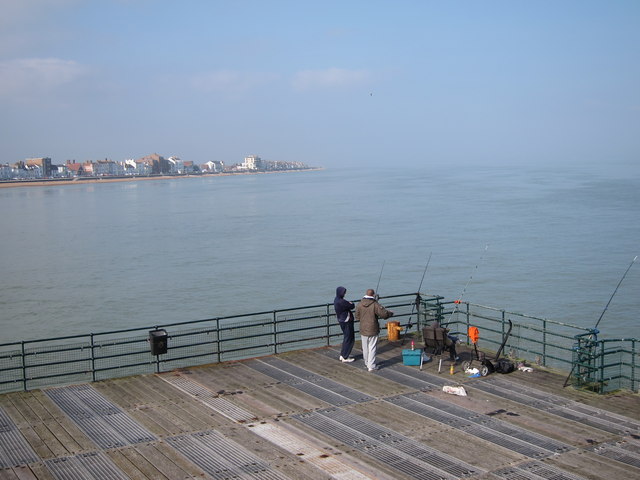
While fishing regulations provide important baselines for resource protection, truly conservation-minded anglers often hold themselves to higher standards based on personal ethics. These self-imposed practices might include releasing all large spawning-sized fish even when legal to keep, voluntarily using single barbless hooks when not required, or avoiding fishing for vulnerable species during spawning periods or temperature extremes when they’re particularly stressed. Some anglers practice “limit your catch, don’t catch your limit” as a personal philosophy, harvesting only what they’ll personally consume rather than maximizing take. Others adopt species-specific practices based on local population health, perhaps practicing strict catch-and-release for recovering species while harvesting more abundant ones. These ethical choices represent fishing’s highest form—a recreation evolved beyond mere rule-following into true resource stewardship informed by both science and personal values.
Joining the Movement: Resources for Conservation-Minded Anglers

Fortunately, anglers interested in adopting more conservation-minded practices have never had more resources available to guide them. National organizations like Trout Unlimited, Coastal Conservation Association, and B.A.S.S. Conservation offer educational materials, volunteer opportunities, and advocacy support focused on fisheries protection. State wildlife agencies provide species-specific handling recommendations and identify conservation challenges in local waters. Online communities dedicated to catch-and-release ethics share techniques and celebrate conservation success stories rather than just harvest photos. Scientific publications increasingly offer angler-friendly versions of research findings on topics like fish handling mortality and population dynamics. Local fishing clubs often organize conservation initiatives like habitat improvement projects, providing hands-on opportunities to contribute. By connecting with these resources, anglers can transform their practices while joining a growing community dedicated to ensuring healthy fisheries for future generations.
Conclusion: Redefining Success on the Water
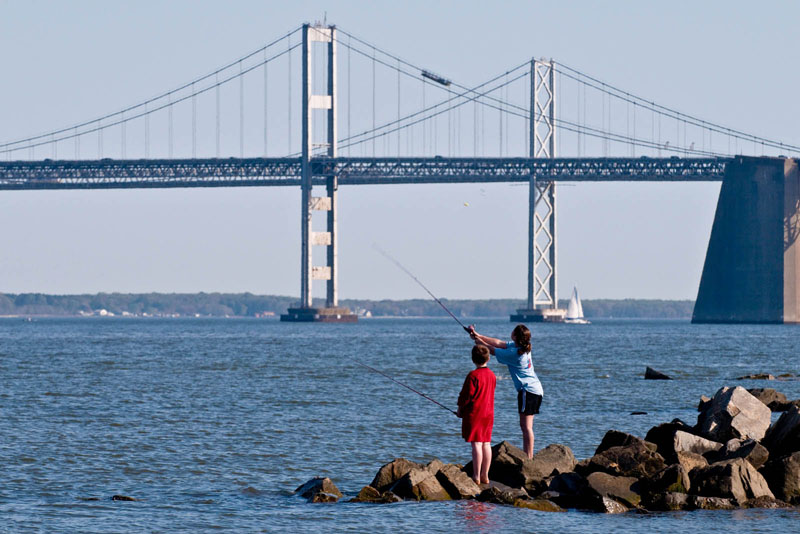
The shift toward conservation-minded angling represents not a diminishment of fishing traditions but their evolution into something more meaningful and sustainable. By redefining success beyond harvest numbers, anglers discover deeper satisfaction in the quality of their experiences, the health of the waters they fish, and their role as environmental stewards. The most committed practitioners often report that this mindset enhances rather than restricts their enjoyment, adding purpose and connection to every fishing trip. As pressure on aquatic resources continues to intensify from multiple threats, the collective impact of individual anglers adopting this philosophy becomes increasingly significant. The future of recreational fishing depends on this transformation—from a primarily consumptive activity to one that actively contributes to resource protection. By catching less and conserving more, today’s anglers ensure that the timeless joy of a fish on the line remains available for generations yet to come.
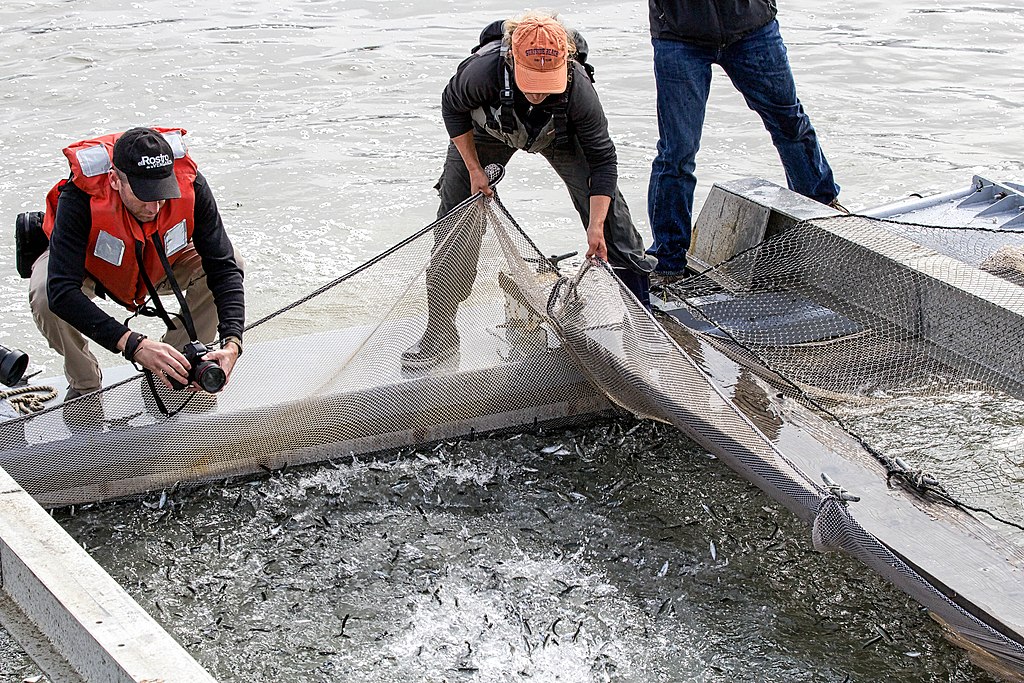
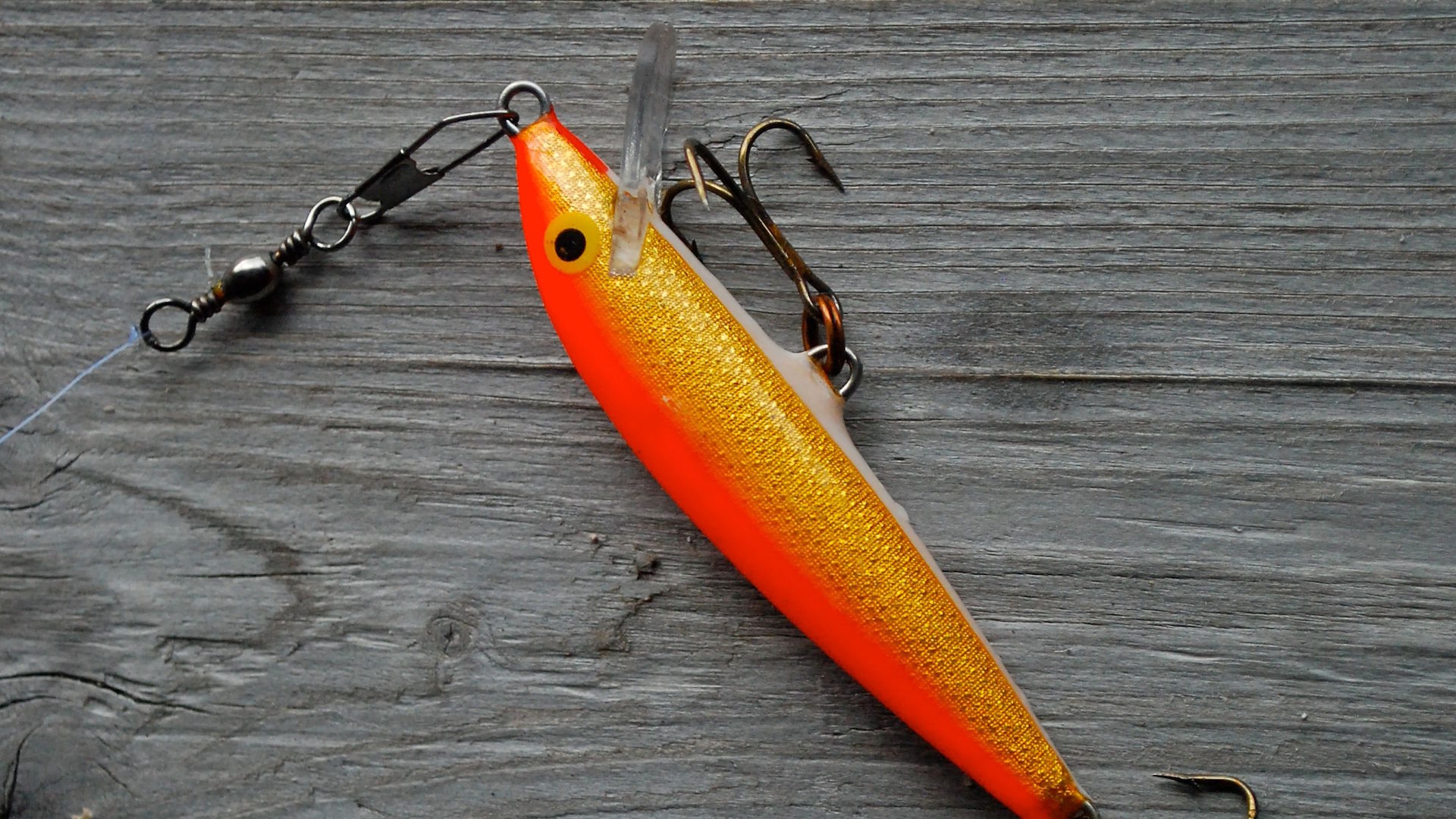












Post Comment